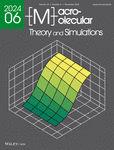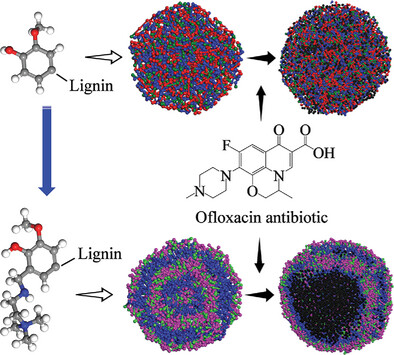Journal list menu
Export Citations
Download PDFs
Cover Picture
The Logistic Function in Glass Transition Models of Amorphous Polymers: A Theoretical Framework for Isobaric Cooling Processes
- First Published: 18 November 2024
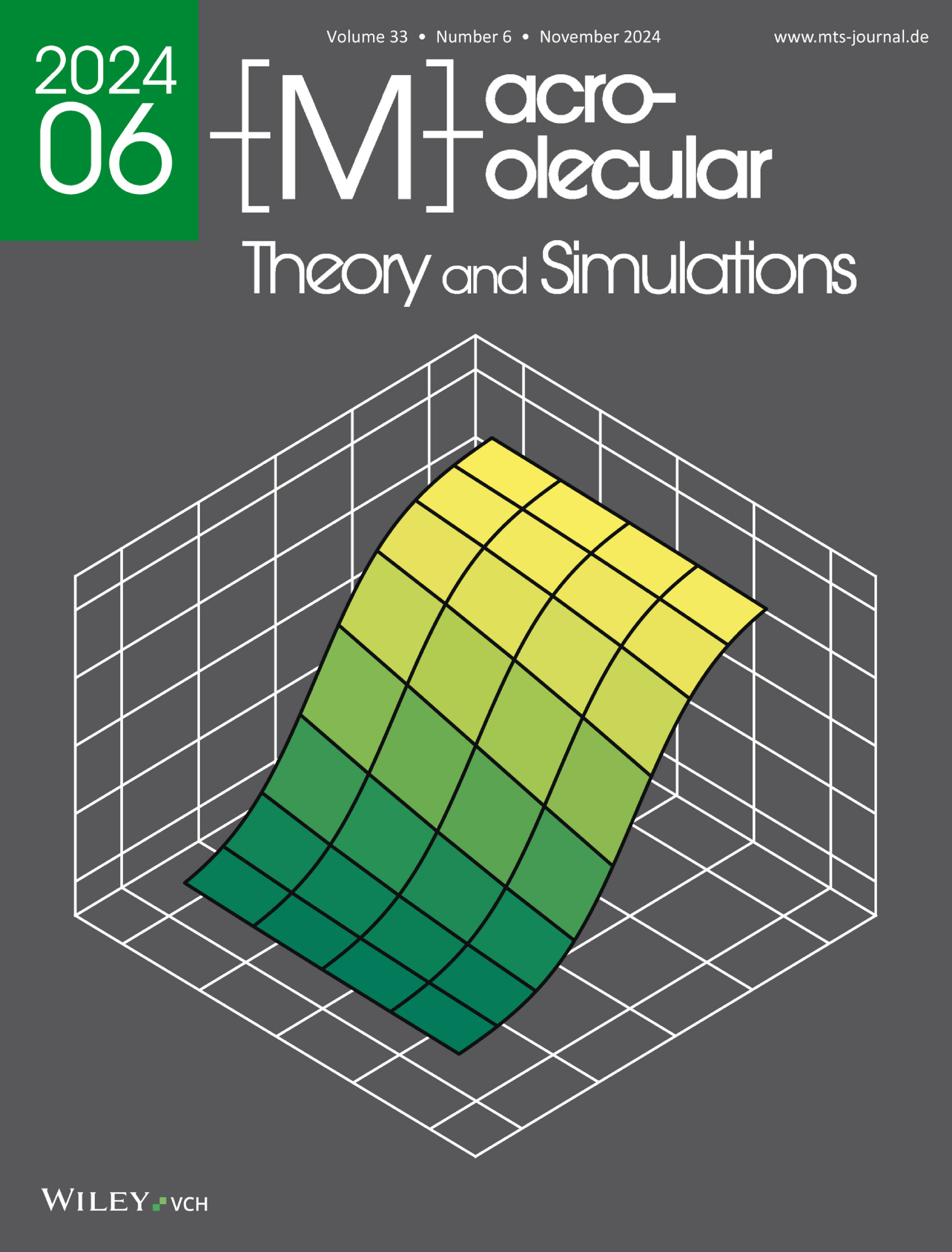
Front Cover: A continuous transition function that approximates the macroscopic-phenomenological behavior of amorphous polymers at glass transition is obtained from an exactly-solvable Riccati equation. This ordinary differential equation is derived within thermodynamics with internal state variables. More details can be found in article 2400052 by Claudio Corbisieri.
Masthead
Research Article
Mechanical Effect Produced by Photo-Switchable Reactions: Insights from Molecular Simulations
- First Published: 29 July 2024
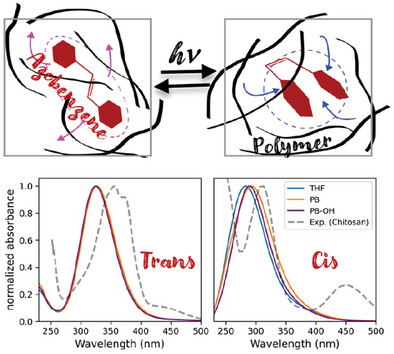
Light-responsive shape-changing polymers can convert light into mechanical energy through macroscopic transformations. In this theoretical study based on molecular dynamics simulations and time-dependent density functional theory calculations, analysis tools ranging from atomic to supramolecular scales are developed to investigate this phenomenon for a model system built upon an azobenzene photochrome embedded in different environments (tetrahydrofuran, cis-1,4-polybutadiene and hydroxyl-terminated polybutadiene).
An Algorithm for Computing Entanglements in an Ensemble of Linear Polymers
- First Published: 22 July 2024
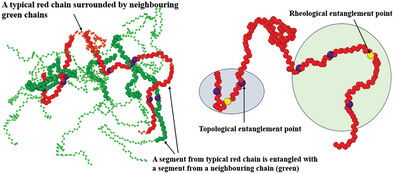
Entanglement lengths are computed from ensembles containing atomistic models of linear polymer chains. A novel algorithm that uses the concept of linking numbers between two open polymer chain segments of sufficient length, followed by a clustering algorithm, is proposed. The algorithm yields realistic results, passes tests for robustness and possesses a few useful properties that others do not.
Time–Temperature-Transformation (TTT) Cure Diagram of an Epoxy–Amine System
- First Published: 15 June 2024
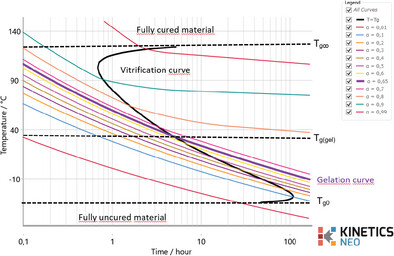
Reducing the curing time and/or temperature during processing of an epoxy resin helps cut energy costs and improve environmental impacts. This can be realized by a time–temperature-transformation (TTT) diagram of the reaction. It includes the vitrification curve, the gelation curve, and the isoconversion curves. Here, a method is suggested for the realization of a TTT diagram on an amine-based epoxy resin.
Effect of Hydrolyzed Polyacrylamide on the Emulsion Stability by Multiple Light Scattering and Molecular Dynamics Simulation
- First Published: 05 September 2024
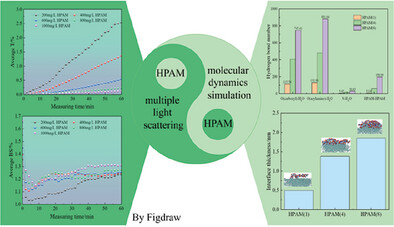
Polymer flooding, using hydrolyzed polyacrylamide (HPAM), is crucial in enhanced oil recovery technology. HPAM improves the stability of both oil-in-water and water-in-oil emulsions. Molecular dynamics simulations reveal that HPAM adsorbs at the oil-water interface by the point-like nature, increasing the hydrogen bond number with water and the interface thickness. Higher salinity reduces this interaction, decreasing emulsification stability.
Lignin-Based Multilamellar Aggregates for Removing Ofloxacin Antibiotic: A Dissipative Particle Dynamics Simulation Study
- First Published: 15 June 2024
The Importance of the Knowledge of Errors in the Measurements in the Determination of Copolymer Reactivity Ratios from Composition Data
- First Published: 27 August 2024

The knowledge of the errors in measurements to determine reactivity ratios in copolymerization is of great importance. The use of non-linear least squares methods with proper error estimates is advised to obtain the reactivity ratios from the experimental data. Shown the Sum of Squares of Residuals space for reactivity ratio determination.
The Logistic Function in Glass Transition Models of Amorphous Polymers: A Theoretical Framework for Isobaric Cooling Processes
- First Published: 25 September 2024
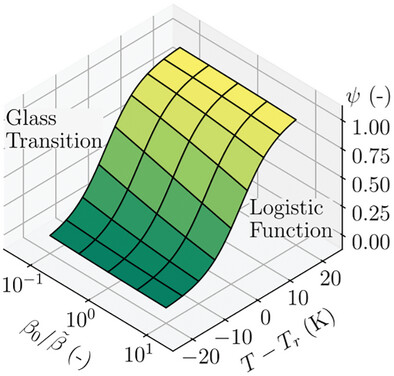
An exactly-solvable Riccati equation that approximates the macroscopic-phenomenological behavior of amorphous polymers at glass transition is derived within thermodynamics with internal state variables. The exact solution contains the logistic function. This work demonstrates the validity of the logistic function in glass transition models of amorphous polymers and provides suggestions as to how existing models can be extended in their applicability.




